Crisis in the Direct Market: A Virtual Roundtable (5 of 5)
/Part V
Todd Allen, Shawna Kidman, William Proctor and Phillip Vaughan
WP:
Looks like there’s a war brewing between Diamond and DC
TA
Oh, there’s no way Diamond can regard the DC situation as anything besides “shots fired.” If there’s a notice that DC intends to end this alternate distribution when quarantine is over, I haven’t seen it clearly stated. Since it’s likely DCBS and Midtown are effectively getting larger discounts over this, Diamond just lost the DC orders for two top 10 (likely top 5) accounts. That’s blood in the water. And you wonder why a recently retired Diamond exec came out with strong words? We’ll have to wait and see how it shakes out
Surgery has been needed for awhile, but which surgery will be needed isn’t something we’re likely to know until the other side of quarantine, however long that takes… unless it’s so long that the bottom falls out of the DM in the middle. The small business loan program didn’t really work as advertised in its first incarnation for quarantine relief and if that doesn’t get straightened out, we could be looking at a comic shop graveyard with that alone.
And remember, it’s not like the US bookstore chains are rocks of financial stability. Barnes & Noble has been sweating bullet for a few years and recently was acquired by the owners of Waterstones. Books A Million has had unpleasant rumors for a similar amount of years. Hastings went bankrupt in 2016.
That leaves you with independent bookstores (which seemed healthier, but everyone has the same quarantine problems) and mail order options like Amazon.
I’ve always thought this system should have three legs - print/periodical, print/book and digital/either and add webcomics.
For print/periodical, we need to be concerned if there are going to be enough distribution outlets left for this to be viable. It would be good to have some form of mass market periodical.
Dan DiDio was not wrong about wanting to use Walmart comics as a feeder system. I’m not sure about the implementation of the plan, but that sort of plan could be useful. Walmart, Target, bookstores… the magazine section of the grocery stores has shrunken and doesn’t seem as prominent as it used to, so I’m not sure how viable that would be. But to get a seat at the table in those markets (as opposed to being hidden in the third-party stocked collectibles aisle at Walmart), they’re going to have to produce something that looks a little more like the rest of selection in that aisle. Magazine size, magazine length, magazine price. Judge Dredd Megazine might be the template for this.
The Walmart comics aren’t necessarily coming from the wrong place in terms of features, i.e. a Batman family title, a Superman family title, a Justice League family title, but good luck getting somebody to fork over $10 for miscellaneous reprints and 12 pages of new story. This needs to be closer to the old DC dollar comics in composition. All new stories. You probably need at least 20 pages of the lead feature and I’m not so sure 40 pages and a complete story for the lead wouldn’t be a better way to go. Lead with Batman, then have the rest of the Batman family rotating through the backups -- Nightwing, Robin, Batgirl, Manbat… maybe some aligned detective-type characters like The Question and Elongated Man. That sort of thing.
What would have happened if Marvel had this kind of a package out for the Avengers movies? 40 pages of Avengers, and then 15 pages of Captain American, Iron Man, Thor and Hulk features. Where people could find it without having to hunt down a specialty store.
Now, the trouble with this format would be a lot of expense and there’s no guarantee it would work. It’s also completely unclear how much shelf space there is for this sort of thing, so its totally not clear how much you could expand if the first title was sustainable. But it’s something that hasn’t been tried seriously enough. Possibly because the Direct Market would cast so much shade on it and try to undermine it.
If the DM shrinks, a possible workaround is to switch over to more of a European format. 48-72 pages/issue with a spine… that can be stocked in bookstores. Think about it. In the science fiction world, Doc Savage and Perry Rhodan paperbacks were essentially pulp magazines in paperback format. And DC was experimenting with the Euro-format not too long ago.
Past that, it wouldn’t hurt if publishers took the single issue a little more seriously as a storytelling unit. I don’t think it’s necessarily at its lowest point, but there’s room for improvement. Let’s face it, we’ve all read too many first issues where you had no feel for the new series and weren’t even sure where the premise was intended to go. That’s writing for the tpbs, not writing an effective serial.
Now, would any of these things help independent comics? That depends on what kind of returns they’d get from the bookstore market on the Euro-format. It’s the non-returnability of the DM that’s let low circulation indie comics survive and in a small number of circumstances, thrive.
For books, I do feel that there are too many epic sagas and not enough book that can be enjoyed as a discrete, standalone unit. This is also more of an issue for the company owned characters with decades of material behind them, but it’s good to be able to pick up a graphic novel and read it without being lost. (To the point of Hickman’s X-Men reboot -- I was on a trivia panel playing comics trivia against Mark Waid for 20 years and even I had to pause and ask myself “wait… which character is that” a few times. A friend who hadn’t read X-Men at all since Morrison or Whedon was even more lost at times. Decent comic, but NOT new reader friendly by a long shot.)
Incidentally, you ever notice how when all the DM folks whine and moan about how you can’t make a profit with original graphic novels, they conveniently ignore that DC seems to be doing just fine with their YA OGN line? Or maybe they’re just approaching them as books and dropping all the pretense?
For digital, the specifically comic book market needs to open it up for more vendors, full stop. I’m looking at you, Marvel. That Amazon exclusive has strangled most of the competition in the cradle… exactly like Amazon wanted it to.
I’m also waiting for more digital book/collected edition forward apps. Nobody has an exclusive on the digital tpbs, but everyone is obsessed with the weekly cash flow of single issues. Even though the book format has been the grown format.
Dogma is powerful.
I’m also waiting to see if any DM contractions increase the digital serial to printed collection edition model. Everyone swears (with vitriol) that if it worked, more publishers would be doing it. And that’s some kindergarten logic. All it means is that it's currently more profitable to do with print serialization. If the size of the market changes, that might change, too.
SK
Unfortunately, I think the likely outcome of this pandemic is that a lot of retailers will close their doors. Those that stay alive may be able to do so by growing their subscription business, an endeavor which could be more successful if Diamond’s power (and cut of the profits) shrinks and DC and Marvel start distributing directly. Based on all of your wonderful insight, it seems like a reduction in titles could also help. (It’s worth noting that crises in this industry have always been connected to overproduction and have often resulted in fewer titles and fewer publishers). In short, distribution and retail need to become more streamlined, and publishing needs to follow suit and adjust to new needs. Of course, building efficiency is just another way of saying laying off workers, reducing costs, increasing profits. So none of this bodes well for the people who constitute this industry from the ground up, the people that are already in the most vulnerable positions. A “stabilized” industry will not bring stability to everyone.
PV
Just saw these interesting (and worrying!) statistics from my friend, Tony Foster, publisher of ComicScene magazine, a UK based magazine about comics which sells on the newsstand as well as subscription. He posted this to Facebook:
How does Covid-19 impact comics?
For ComicScene we saw 50% sales drop in stores for Issue 12.
Only 10% of usual print sales for issue 13 via subs & mail (digital sales are non-existent) without comic stores/newsagents.
Loss of potential move into US comic shops.
I think issue twelve sat on the shelves longer than usual so not sure why the drop either, unless people stopped shopping in WHSmiths before the lockdown kicked in, it’s possible as I didn’t venture into the High Street for around a month before the lockdown. I now notice a link has gone out to this survey here
TA
10% sounds like a reasonable number for subs. There was speculation, likely based on when Diamond’s list of Marvel orders, that DCBS + Midtown could account for 10% of US sales and there are other sub services out there. Not sure we’re going to see any sales estimates for those new distributors, though.
Oh, my. We will probably see more of these, but a $300K Go Fund Me for the NYC outpost of Forbidden Planet is certainly eye popping.
WP
I wonder if a solution right now could be to continue issuing new comics in digital form, but include a token-of-purchase that customers can exchange for a hard-copy once retailers are up-and-running again? This could allow stores to recoup costs while servicing readers and shoring up the industry during the pandemic.
Has anyone got any further thoughts on what immediate solutions there might be worth exploring? And what about the consequences after the pandemic? Does the Direct Market require a system reboot? Has the current situation exposed the frailties of the current distribution model? What about Diamond? Personally, I think there’s an opportunity here to address many factors, and if they end up continuing as before, that would be a great shame.
Is the Direct Market doomed?
TA
The digital token for a hard copy idea was proposed by Comichub and was shouted down by the retailers fairly decisively. Supposedly, at least one publisher that had been up for it backed out immediately because of how loudly the retailer community objected. Granted, the Comichub scheme was rushed and I don’t think they’d gotten as many publishers on board as implied, but a good chunk of the retailers absolutely don’t want their customers pointed towards digital during the shutdown. They’re afraid that a percentage of them might stick with digital and they don’t want to risk losing even 10%-20% of their customers.
Yes, that could broadly fall under exposing the frailties of the market. It sure sounds like a lot of stores are on the edge and a 10% loss of customers could push them over the cliff. I really don’t think anyone can predict what’s going to happen to the DM over the next year. We need to see how many shops survive the quarantine period. I’ve been hearing very mixed stories about how much success comic retailers have had trying to get federal relief money and loans. Then we need to see how fast the customers come, when they’re allowed to shop again. That roll out will almost certainly be a city by city and state by state process. Then we need to see if there’s a second wave of the virus and corresponding quarantine in the Fall. In some areas, particularly if there’s a second wave, a shop could theoretically be closed for 4-6 months in 2020. That’s a lot of downtime. Wait and see. It really depends on how many stores survive and which stores survive, in terms of the independent publishers.
The most fascinating potential positive to come out of this is the revelation that DC Comics is no longer Diamond exclusive and interested in there being multiple distributors. Don’t get me wrong, I think their obviously rushed plan to launch using mail order retailers was just about the worst way to implement conceivable. That said, I think retailers would have been very receptive to a new distributor entering the market if it had been introduced in a less obnoxious way. Diamond could use some competition and DC might be large enough to build a business around. That said, because of how they chose to roll out their initial solution, the following questions would need to be answered about a “proper” distributor starting up.
As long as Diamond still carries DC, how many retailers would boycott a new DC-backed distributor out of the memory of DCBS and Midtown being set up as distributors and DC shipping books while most stores were closed for business?
Are there going to be enough stores left to support a distributor (or how long until new ones start to open)?
Are there enough independent publishers with meaningful sales who aren’t exclusive to Diamond that would make this more viable as a business?
If Diamond’s already fragile enough to institute a vendor pay freeze and then a repayment plan for money they owed, would this destabilize Diamond?
In principle, most distribution options would be great. In execution, it remains to be seen. The comics industry is notorious for short term planning that fouls up the big picture moving forward.
Still, it seems like the big question is going to be around general economic recovery - how many stores survive and how many of a store’s customers will still be employed with disposable incomes. That’s what will dictate whether things change. The DM is slow to embrace change.
Todd Allen is the author of Economics of Digital Comics. He covered the comic book industry for over a decade reporting for Publishers Weekly, Chicago Tribune, The Beat and Comic Book Resources. As a contributing editor to The Beat, his work has been nominated for an Eisner and named to TIME’s Top 25 blogs of 2015. He was admitted to the Mystery Writers of America for the Division and Rush webcomic. He taught eBusiness in the Arts, Entertainment & Media Management department of Columbia College Chicago and has consulting on digital topics for organizations like American Medical Association, National PTA, McDonald’s, Sears, TransUnion and Navistar.
Dr Shawna Kidman is an Assistant Professor of Communication at UC San Diego where she teaches courses in media studies. Her research on the media industries has been published in Velvet Light Trap, the International Journal of Learning and Media, and the International Journal of Communication. She is the author of Comic Books Incorporated (UC Press, 2019) a history of the U.S. comic book industry and its seventy year convergence with the film and television business.
Dr William Proctor is Principal Lecturer in Comics, Film & Transmedia at Bournemouth University, UK. He has published on an assortment of topics related to popular culture, and is the co-editor on Transmedia Earth: Global Convergence Cultures (with Dr Matthew Freeman, 2018 for Routledge), and the award-winning Disney’s Star Wars: Forces of Production, Promotion and Reception (with Dr Richard McCulloch, 2019 for University of Iowa Press). William is currently working a history of comic book and film reboots for Palgrave Macmillan titled: Reboot Culture: Comics, Film, Transmedia.
Phillip Vaughan is a Senior Lecturer and Programme Director of the MDes in Comics & Graphic Novels at the University of Dundee. He has worked on productions with the BBC, Sony, DC Comics, Warner Bros, EIDOS, Jim Henson and Bear Grylls. He also has credits on published work such as Braveheart, Farscape, Star Trek, Wallace and Gromit, Teletubbies, Tom & Jerry, Commando and Superman. He is the editor of the UniVerse line of comics publications and also the Art Director of Dundee Comics Creative Space and the Scottish Centre for Comics Studies.







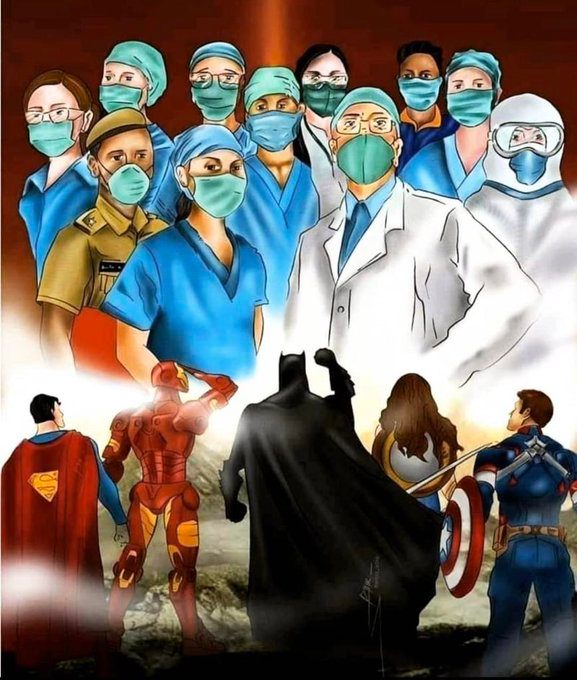





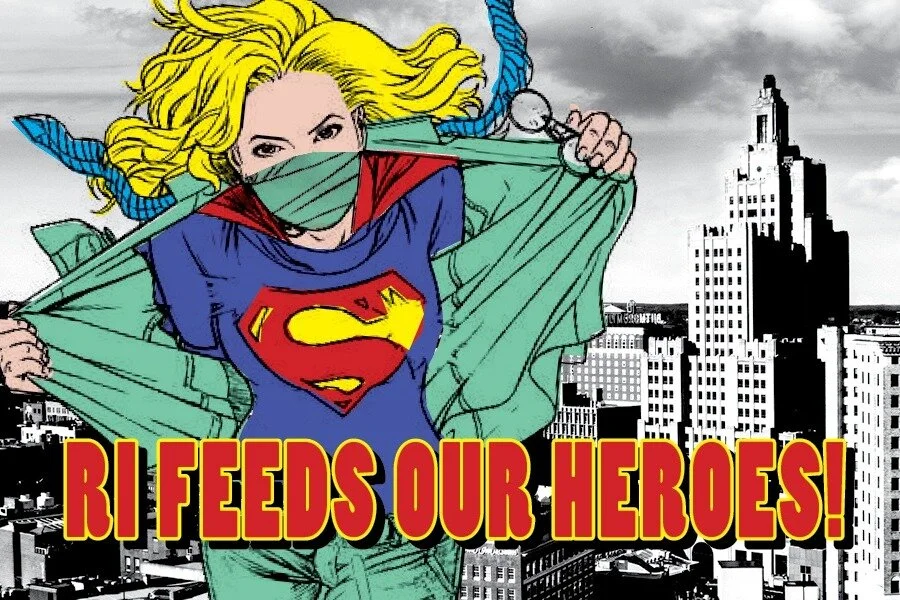































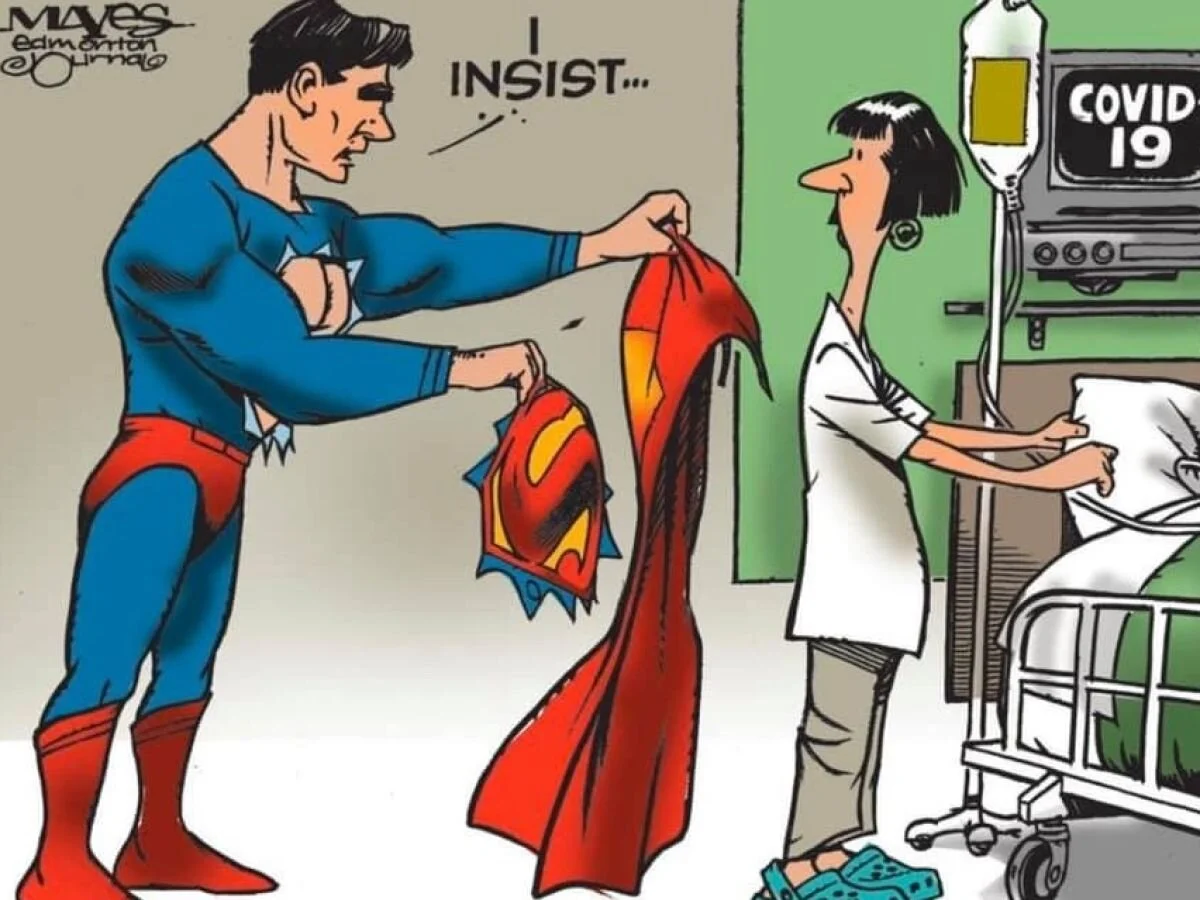
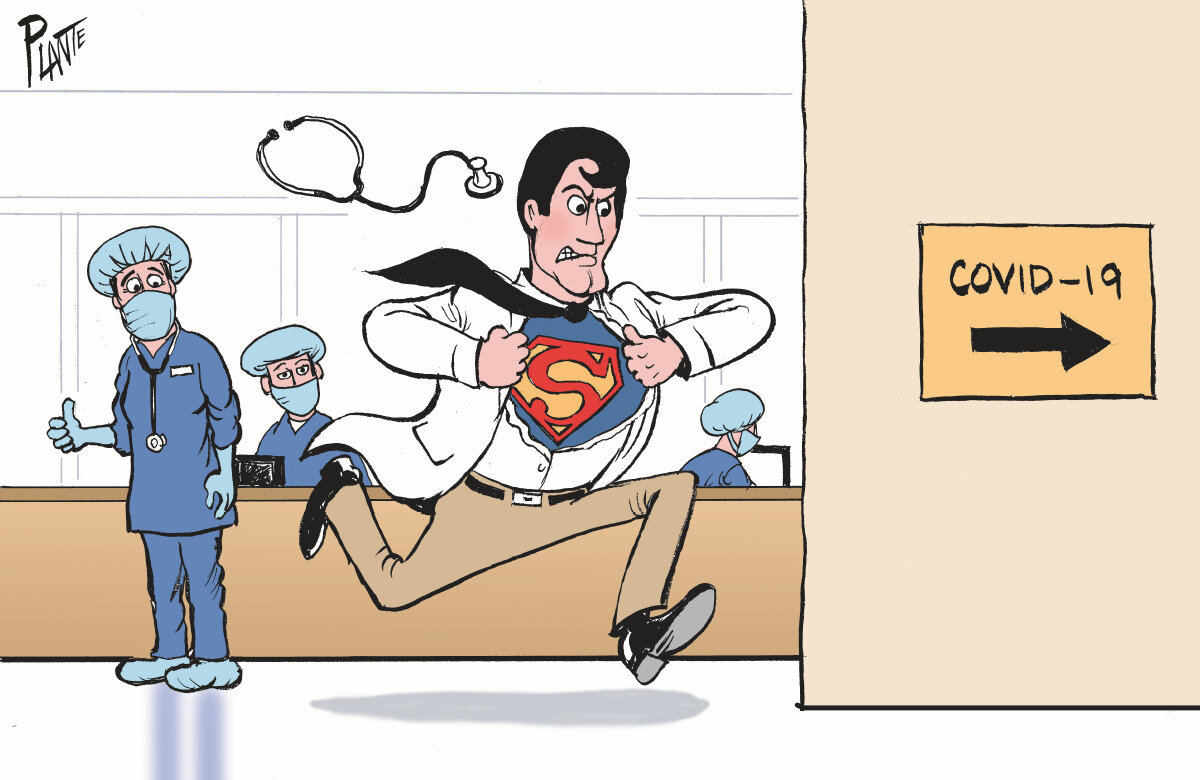






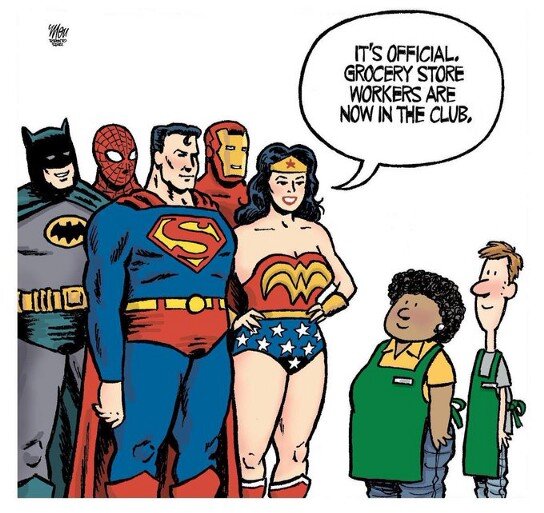

























































![A road sign by the Carabineros de Chile, with their now defunct slogan "un amigo siempre" ("always your friend") [Photo credit: Benjamin Dumas, 2011].](https://images.squarespace-cdn.com/content/v1/592880808419c27d193683ef/1585994009736-DILYPQNY9B2CC1ENZIHM/Capture.JPG)


















